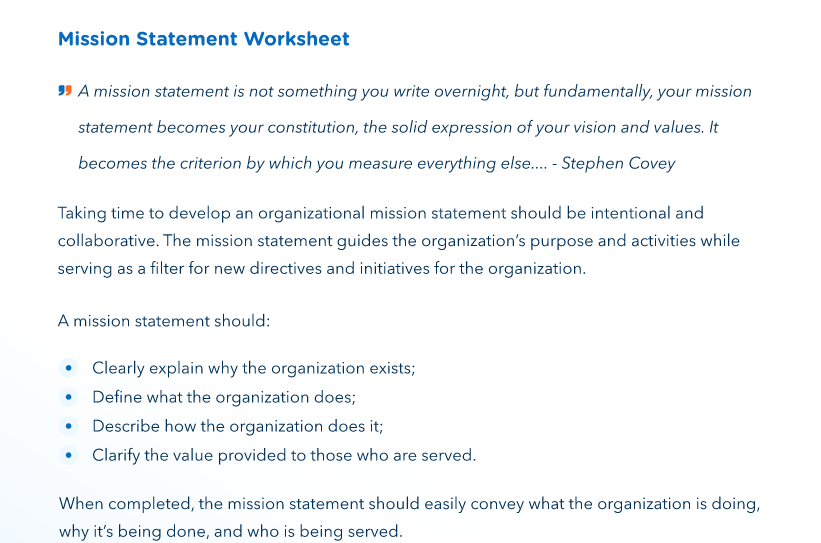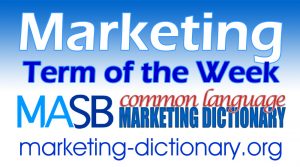
Before you can improve your content strategy, you should consider your overall goals. Your business goals should be the focus of your content marketing and your global marketing strategy. Here are some steps: Create personas of your target audience. Create a content calendar. Check your content. Create an audit of all your content. These tips can help clarify the direction that your content is going.
Develop personas for your target audience
Once you have a clear idea of the lifestyles of your target audience, you can start to develop personas. While developing personas is a personalized process, you can follow a template as a guide. Include sections that are relevant to your audience, as well as their name and photo. You can use personas to determine which insights to focus on in your content.
A marketing persona refers to a segment in your target audience. This helps you to understand the motivations of each segment. A product creator, for example, can create a fictional teenage boy persona by giving him a name, a job title, and an issue he wants to solve. Developing a persona helps a marketer visualize what the target audience values and wants, and create great content for them.
Create a content calendar

To improve your content marketing strategy, a content calendar is essential. A calendar is a tool that helps you organize, schedule, and add information to posts. You can organize your thoughts and prioritize the production of posts with a content calendar. This will ensure consistency in all aspects of your content marketing strategy. While a calendar can be useful, it doesn't have the same magic power as a bulletin board. You can make your calendar work best for you business by following these tips.
First, understand that it takes time to create content and to publish it, and choosing an appropriate publishing frequency is critical. It is important to understand your boundaries. Do not overload your content calendar with too many posts. It will affect the quality of your content. Instead, create a content schedule that contains just enough content in order to attract visitors and provide value for customers. It will save your time and effort later when you have less material to write.
Check your content
It is essential to test your content marketing strategies. Although content quality is paramount, other elements, like headlines or body copy, can make a big difference in the success of a piece. You can determine which content pieces are generating the most buzz by using A/B Testing. After performing A/B tests, you can now determine which content pieces are most popular.
One way to improve your overall content marketing strategy is to conduct mass tests. You can test how people respond to different content pieces by distributing them to large audiences. You can gain valuable insight into your audience's needs and how they interact to your brand by creating several content pieces. Depending on the results, you may want to make a few tweaks to your content marketing strategy, or you may even need to completely redesign it. These are all things that content creation platforms can assist you with.
Develop a content audit

A content audit can help you assess the quality of your content. It's useful for both search engine optimization (SEO) and conversion purposes. This allows you to identify opportunities for improvement and help you determine your overall content strategy. Depending on the nature of your content, you might focus on improving the quality or customer experience. An action plan should be included in a content audit. Create a spreadsheet of your content assets, and use it to prioritize planned topics.
First, set a goal. From this you can determine what actions must be taken to get the information. This information will help to improve the effectiveness of your content marketing strategy. Once you've determined what goals you want to accomplish with each piece of content, you can create a detailed action plan for each. Next, you can create a plan from that information.
FAQ
Is content marketing worth spending money on?
Content marketing is a key part of any online strategy. It's also a powerful way to promote your brand. Content marketing not only benefits customers but also makes you stand out among the rest.
The goal of content marketing is to create valuable information that people will want to read. Companies that are successful know how to reach their target audience through content marketing. This is the central component of a digital marketing strategy.
Can I simply post links to other sites content?
Yes! This is known as link building. It is a great way of increasing traffic to your website by linking back to other sites' content. However, be sure only to include links to reputable sources.
What are the benefits of content marketing?
High-quality content is key to content marketing, which helps you drive sales and leads. Content marketing offers a steady supply of new, original content that can then be used to promote products or services. Content marketing also increases brand awareness and trust among potential clients. Finally, content marketing creates a positive image for your company.
What is the best content marketing platform?
There are many options available today. Each platform has its own pros and cons. Here are some popular options:
-
WordPress is easy to set up, manage and maintain. Great community of users.
-
Wix - Easier than WordPress to set up and maintain. You don't need any technical knowledge.
-
Squarespace – Best choice for those with a website.
-
Blogger - A free blogging service.
-
Medium - A place to share your work.
-
Instagram - An image-based platform.
-
LinkedIn – A networking tool.
-
Facebook - A social network.
-
YouTube - Video sharing platform.
-
Pinterest – Image-based platform.
-
Google Analytics - Track visitor behaviour.
-
Hubspot – Email marketing software.
-
MailChimp - Email marketing software.
Is content-marketing easy to measure?
Yes! Yes! It allows you to assess whether your efforts have been successful and if there are any changes you should make.
You can track visitors coming from many sources (email, social media and paid advertising) and track conversions like sales leads, purchases, and organic searches.
These metrics will tell you what pieces of content did well and where there are the most opportunities.
Why should I do Content Marketing?
HubSpot claims that "the average person spends nearly 2 hours per day consuming content on social media, in their newsfeeds while reading magazines, browsing the internet, and listening to podcasts. This is a lot of content consumption!
Statistics
- According to our research, brand awareness, attracting traffic, and generating leads remain the key content marketing goals in 2022. (semrush.com)
- Measure your goals with a progress indicator of 0-100%. Make your goals collaborative and transparent (semrush.com)
- Progress indicators (0–100%) allow each team member to see how attainable each goal is and understand what remains to be accomplished. (semrush.com)
- In fact, would pay more for a better customer experience, and 86% of B2B buyers would pay more. (neilpatel.com)
- Out of the 1,500 marketers we surveyed for our State of Content Marketing report, 78% who felt their content marketing strategy was exceptionally effective in 2021 had documented their strategy. (semrush.com)
- According to our research, 65% of companies with very successful content marketing in 2021 ran content audits at least twice a year. (semrush.com)
- Companies that use content marketing see approximately 30% higher growth rates than businesses not using it. (mailchimp.com)
- According to the Content Marketing Institute, 70% of B2B marketers and 86% of B2C marketers surveyed use content marketing in some form or other. (criteo.com)
External Links
How To
Informationgraphic creation tips to help with content marketing
Infographics can be a great way to simplify complex concepts and make it easy to understand. Content marketing aims to provide useful and valuable information to your target audience, so you should consider using infographics to help spread this message.
You'll need design software such as Adobe Illustrator or Photoshop to create an infographic. These programs can be used to create different shapes and elements that represent your data. Then, you can add colors and fonts to make it look great. Once your design is ready, you can start uploading images from sites like Pixabay and Unsplash to insert into your design.
Check out existing infographics online to get some ideas. To show how many calories certain foods have, you can use a picture of a pyramid to illustrate this. You could also replace the numbers with images of the food. You could also look at the sugar content of soda pop, and then take a photo of a Coke bottle.
After you have created your infographic, it can be shared through social media channels such as Facebook and Twitter. This allows people who don’t know much about the topic to find out more. Include hashtags if you plan to share your infographic via social media platforms. This will allow others to see what you're talking. Hashtags enable users to follow along in conversations related to specific topics.
You can make infographics shorter if your posts are short. An average blog post is between 2000 and 5000 words, while an infographic takes 500 to 1000 words. This means that you can convey more information in a shorter space.
Make sure you consider that your infographic will be difficult to read by some viewers. Make sure you use large enough fonts and don't rely too heavily on color for your graphics. Also, ensure all text is legible.
Here are some additional tips :
-
Select an Infographic Template. There are many online templates that you can download or print. Canva, Piktochart or Google Slides are three of the most well-known templates.
-
Make your Infographic. You can use the template to create your infographic. You can use any kind of media that you feel is appropriate for your audience. If you want to create an infographic on the best places for food in Seattle, for example, you might use photos from local restaurants.
-
Add text. Add text once your infographic is created.
-
Add Images. Add images to an infographic. These images can be charts, graphs, icons, or pictures. Make sure your picture is relevant to the topic you are adding.
-
Make It Interactive. Interactive elements can include buttons, maps, or links. This will make it easier for your audience to interact with you.
-
Share. Share your infographic with others on social media such as Facebook, Twitter and LinkedIn.
-
Measure. How well did your infographic perform? Did they click through to your site? Did they sign up to your email list? Was their reaction to the infographic?
-
Improve. Do you have any suggestions for improving your infographics? What could you do better next year?
-
Repeat. Repeat.